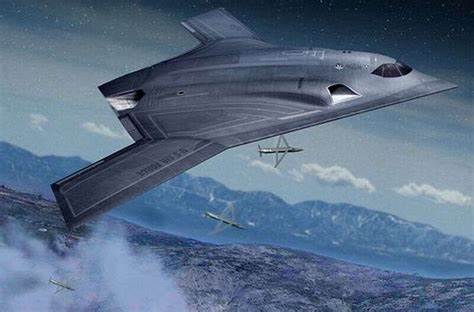
After its official debut on December 2, 2022, the B-21 Raider commenced flight trials at Edwards Air Force Base, where it is steadily advancing towards assuming a pivotal role as the primary aircraft in the U.S. Air Force bomber fleet.

The Raider is anticipated to become the backbone of the U.S. bomber fleet, with a production goal of at least 100 aircraft and initial service entry expected in the mid-2020s.

According to Andrew Hunter, Assistant Secretary of the Air Force for Acquisition, Technology, and Logistics, the B-21’s flight testing program is proceeding effectively, addressing the unique characteristics of this advanced platform.
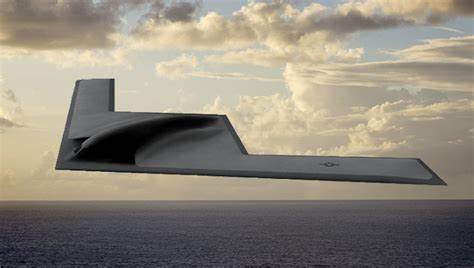
The B-21, more digital than any previous aircraft, aligns seamlessly with program requirements.
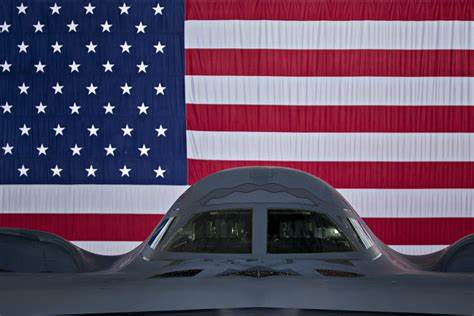
Designed as a long-range, highly survivable, penetrating strike stealth bomber, the B-21 will incrementally replace the aging B-1 and B-2 bombers.

This new addition to the U.S. arsenal will significantly support national security objectives and reassure allies across the globe.
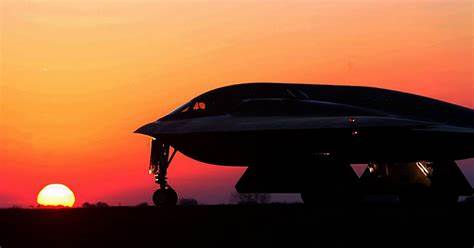
Northrop Grumman manufactures the B-21 under contract with the Air Force, emphasizing an open systems architecture that facilitates the rapid integration of mature technologies.
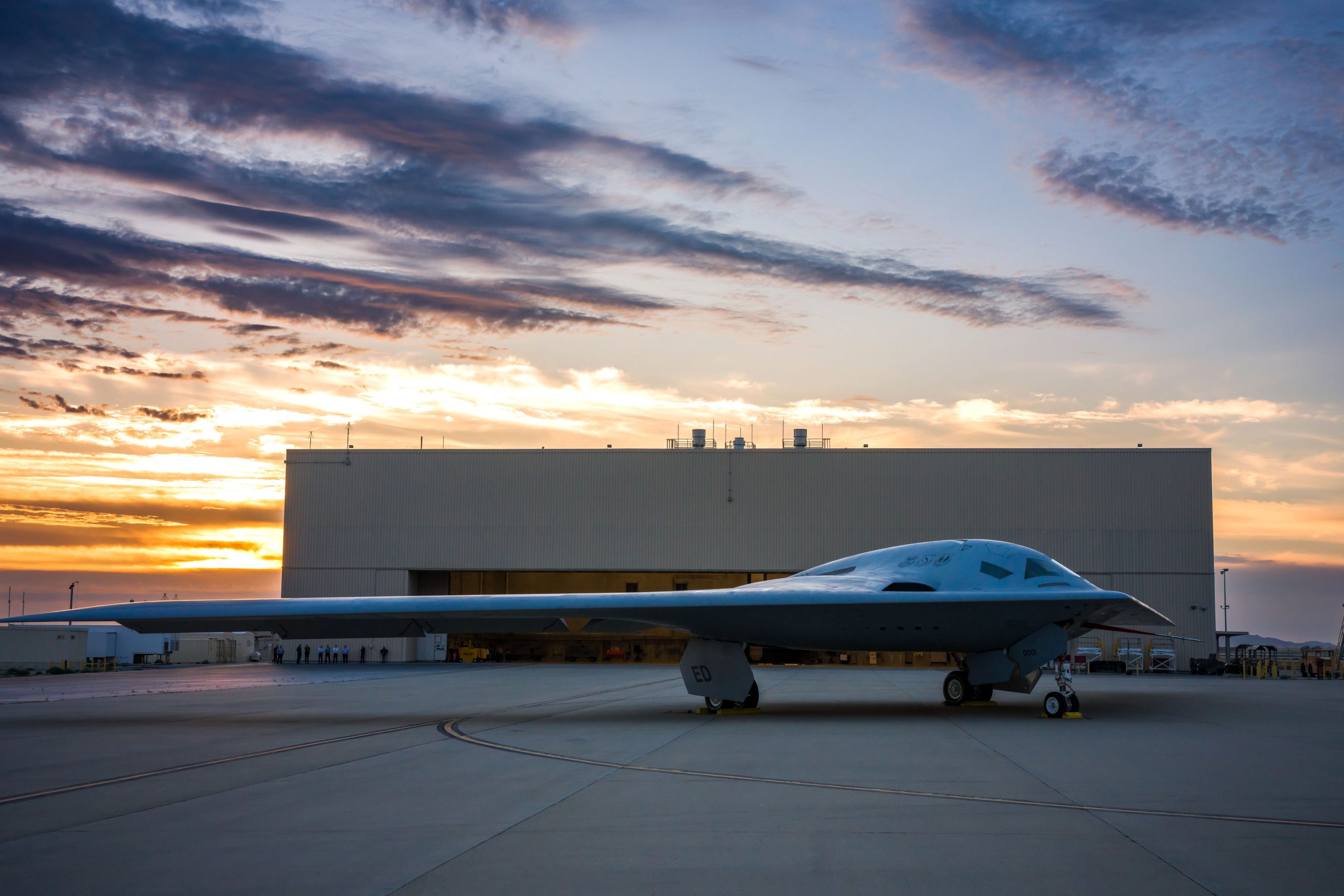
This design principle ensures that the aircraft will remain effective even as threats evolve over time.
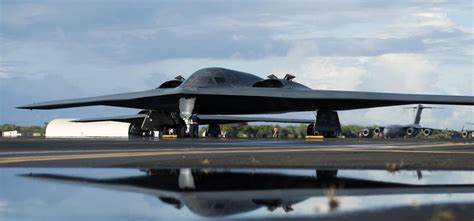
The Air Force Rapid Capabilities Office (AFRCO) oversees the B-21 acquisition program, aiming to construct test aircraft that are as production-representative as possible.

The manufacturing processes and tooling used for these test aircraft will be identical to those employed in full-scale production, accelerating the transition from development to service introduction.
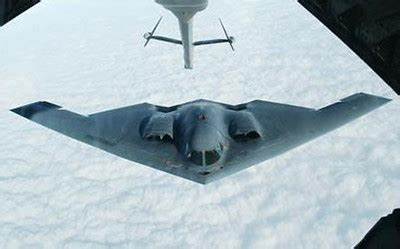
The first B-21 main operating base will be located at Ellsworth AFB, South Dakota, while Whiteman AFB, Missouri, and Dyess AFB, Texas, are the preferred locations for the subsequent bases.

These bases are preparing for their roles in housing the new bomber, with environmental impact statements released and public scoping meetings held to inform residents and address potential environmental consequences of B-21 operations.
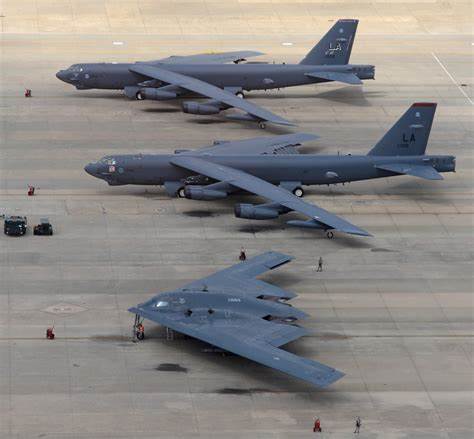
Comments from Secretary of Defense Lloyd Austin highlight the technological leaps made with the B-21, stating that even the most sophisticated air defense systems will struggle to detect the aircraft. This level of stealth capability represents fifty years of advancements in low observable technology.

Residents of Abilene, Texas, where Dyess AFB is a primary candidate for a B-21 base, are particularly excited about the economic and strategic benefits the bomber will bring to their community.

Greg Blair, Chairman of the Abilene Military Affairs committee, emphasizes the historical bond between the city and Dyess AFB and expresses pride in the technological advancements the base will soon support.
Relevant articles:
– B-21 Raider continues flight test, production, af.mil
– How will the Air Force’s initiative for a new stealth bomber affect Dyess and Abilene?, AOL.com
– AFIMSC plays critical role in fielding of B-21, Dyess (.mil)
– B-21 Bomber unveiled: Dyess AFB to be one of the first bases to house the aircraft, BigCountryHomepage.com
